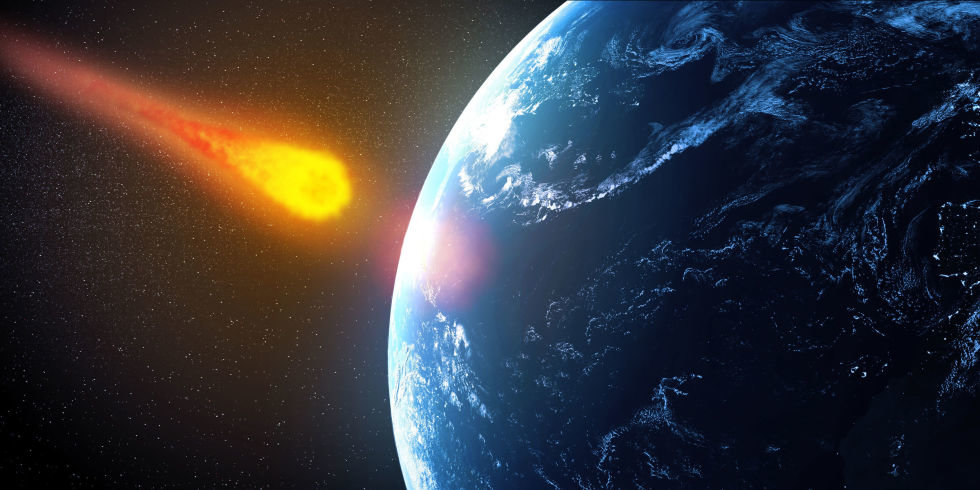The asteroid is called 2016 QA2, and it missed the Earth by less than a quarter of the distance to the moon. That puts it about three times as far away from Earth as our farthest satellites. And we never saw it coming.
So how did 2016 QA2 sneak up on us like that? For this particular asteroid, the answer seems to be that it has a very peculiar orbit. It's highly elliptical, which means it can usually be found hanging out by either Mars or Venus, but rarely ends up near Earth.
But another, more worrying reason is that there aren't a lot of people looking for potentially dangerous asteroids. While Congress has tasked NASA with finding 90 percent of asteroids 450 feet or larger by 2020, the agency is nowhere close to that goal. Funding for asteroid detection is very low, and most telescopes that could detect asteroids of this size won't come online for a few more years.
Comment: So, the technology is lagging, the funding is lacking, and the politicians are too busy feathering their nests.
And even if NASA was on track to meet that goal, they still would have missed 2016 QA2, which is only about 50-100 feet. Asteroids of this size are so small that there's almost nothing we can do to detect them. And they can still cause a lot of damage. The Chelyabinsk asteroid, which exploded over Russia in 2013, damaged multiple buildings and injured over 1500 people. That asteroid was only about 55 feet wide.
As far as asteroids go, we've been pretty lucky. But unless we seriously ramp up our asteroid detection capabilities, it's only a matter of time before something much worse happens.




Comment: Our other report about this estimates that this object was at least twice the size of the Chelyabinsk asteroid.